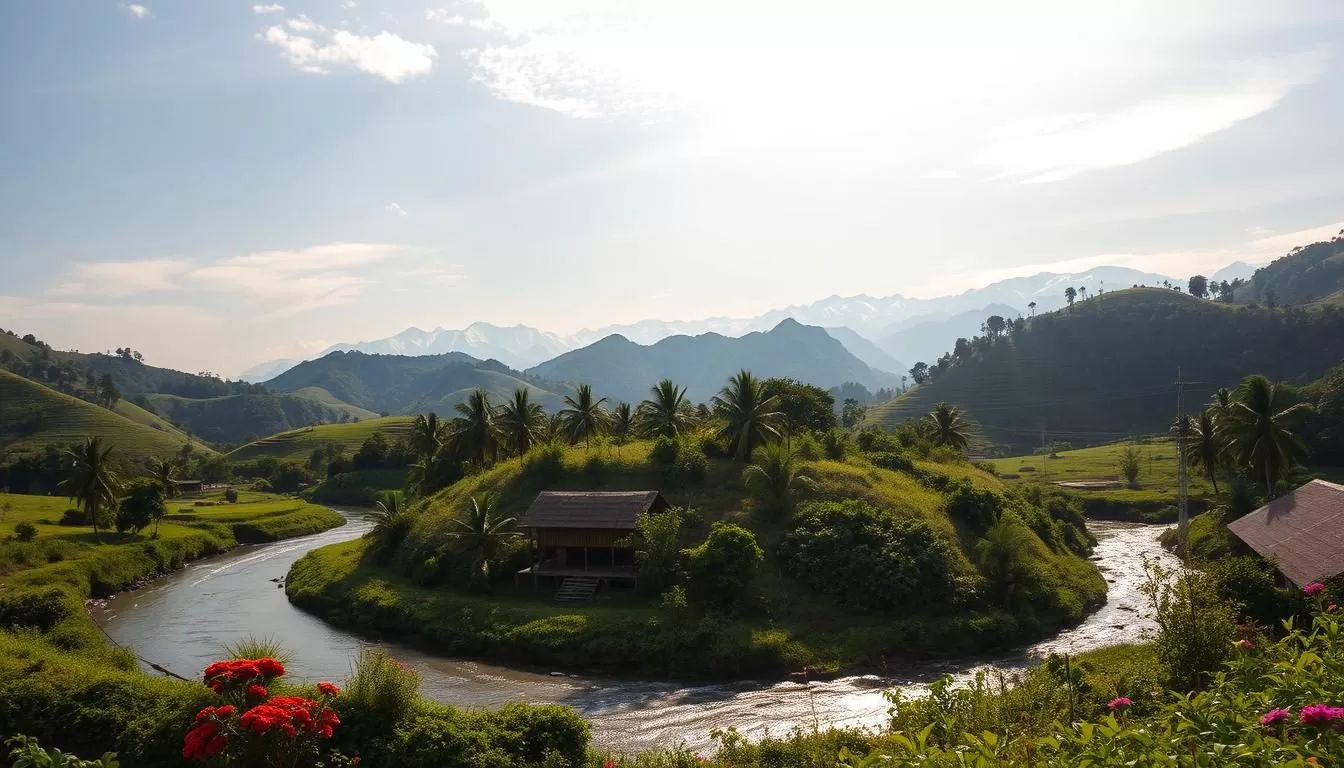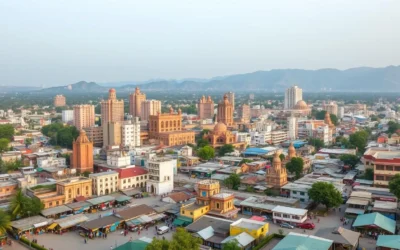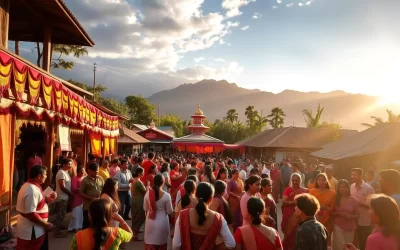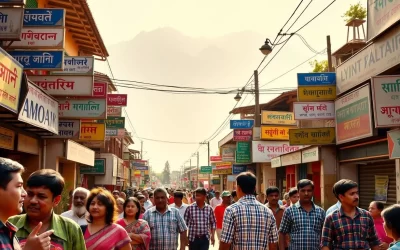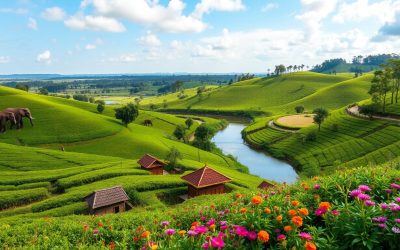✓ Accommodations ✓ Flights ✓ Rental Cars ✓ Tours & Activities
Are you ready to explore one of India’s most enchanting northeastern states? Assam, with its diverse landscapes and rich cultural heritage, is a destination that promises an unforgettable experience. Understanding the local climate is key to making the most of your trip.
The northeastern region of India has a unique climate pattern, with three distinct seasons: winter, summer, and monsoon. Each season offers a different perspective on this beautiful state, from the pleasant winters to the lush monsoons and the vibrant summers.
By choosing the best time to visit, you can enjoy wildlife sightings, cultural festivals, and outdoor activities that Assam is known for. Whether you’re looking for serene landscapes or exciting adventures, this guide will help you plan your trip according to the weather conditions.
Discovering Assam: India’s Northeastern Jewel
Assam, with its varied landscapes and climates, is a destination that promises a unique experience in every season. Located in the northeastern part of India, it is a state that boasts a rich cultural heritage and diverse wildlife.
Geographic Location and Climate Overview
Assam is characterized by its diverse geography, ranging from the Brahmaputra River valley to the surrounding hills. The climate varies significantly across the state, influencing the time to visit Assam for optimal experiences.
Why Weather Matters When Planning Your Assam Trip
The weather in Assam directly affects the quality of your Assam travel. Here are some key considerations:
- Accessibility to key attractions varies with weather conditions.
- Wildlife viewing opportunities change dramatically by season.
- Cultural festivals are tied to seasonal changes.
- Comfort levels for outdoor exploration fluctuate throughout the year.
| Season | Weather Conditions | Activities |
|---|---|---|
| Winter | Cool and dry | Wildlife safaris, cultural festivals |
| Summer | Hot and humid | Early morning and evening activities |
| Monsoon | Heavy rainfall | Lush landscapes, photography opportunities |
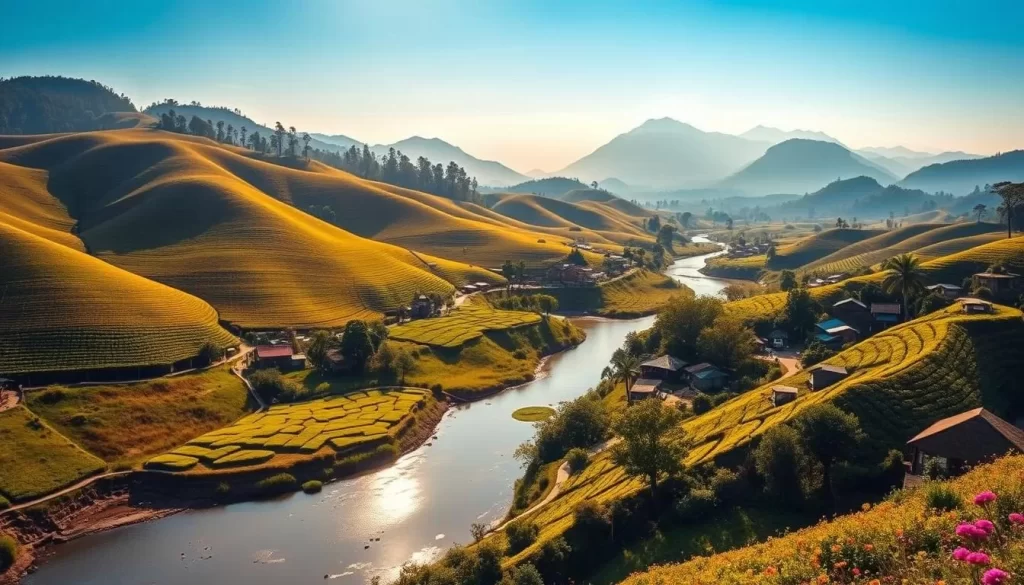
Assam, India: Best Months for a Weather-Savvy Trip
The timing of your visit to Assam can significantly impact your travel experience. Assam’s diverse climate means that the best time to visit varies based on your preferences and activities.
Year-Round Climate Patterns
Assam experiences three main seasons: Winter, Summer, and Monsoon. Winter (October to March) brings pleasant temperatures, ranging from 8°C to 25°C, making it ideal for cultural festivals and outdoor activities. Summer (April to June) is characterized by temperatures between 32°C and 38°C with increasing humidity. The Monsoon season (July to September) sees heavy rainfall and occasional flooding.
Seasonal Highlights at a Glance
Here’s a brief overview of what to expect during each season:
- Winter: Pleasant temperatures, minimal rainfall, and optimal conditions for wildlife safaris.
- Summer: Early morning wildlife viewing and the vibrant Rongali Bihu festival.
- Monsoon: Lush landscapes, but with heavy rainfall and potential flooding.
Winter Wonderland: October to March
The winter season, spanning from October to March, is a magical time to visit Assam, with its vibrant cultural festivals and pleasant weather. During this time of the year, you can enjoy a plethora of cultural events that showcase the state’s rich heritage.
Temperature Range and Weather Conditions
Winter in Assam brings comfortable temperatures, ranging from 10°C to 20°C, making it ideal for outdoor activities and sightseeing.
Why Winter Is Considered the Prime Season
The pleasant weather and numerous cultural festivals make winter the best time to visit Assam. It’s an excellent time for exploring the state’s natural beauty and cultural diversity.
Cultural Festivals During Winter Months
Assam’s winter calendar is filled with exciting festivals. Some of the notable ones include:
- The Ali Aye Ligang Festival in February, celebrating the agricultural season with traditional dances and rice beer.
- Magh Bihu in January, marking the end of the harvesting season with community feasting and traditional sports.
- The Dehing Patkai Festival in January, showcasing upper Assam’s cultural heritage.
- The Tea Festival in November-December, celebrating Assam’s tea culture.
- The Brahmaputra Beach Festival in January, featuring water sports and cultural shows.
| Festival | Month | Description |
|---|---|---|
| Ali Aye Ligang Festival | February | Celebrates the beginning of the agricultural season. |
| Magh Bihu | January | Marks the end of the harvesting season. |
| Dehing Patkai Festival | January | Showcases upper Assam’s cultural heritage. |
| Tea Festival | November-December | Celebrates Assam’s tea culture. |
| Brahmaputra Beach Festival | January | Features water sports and cultural shows. |
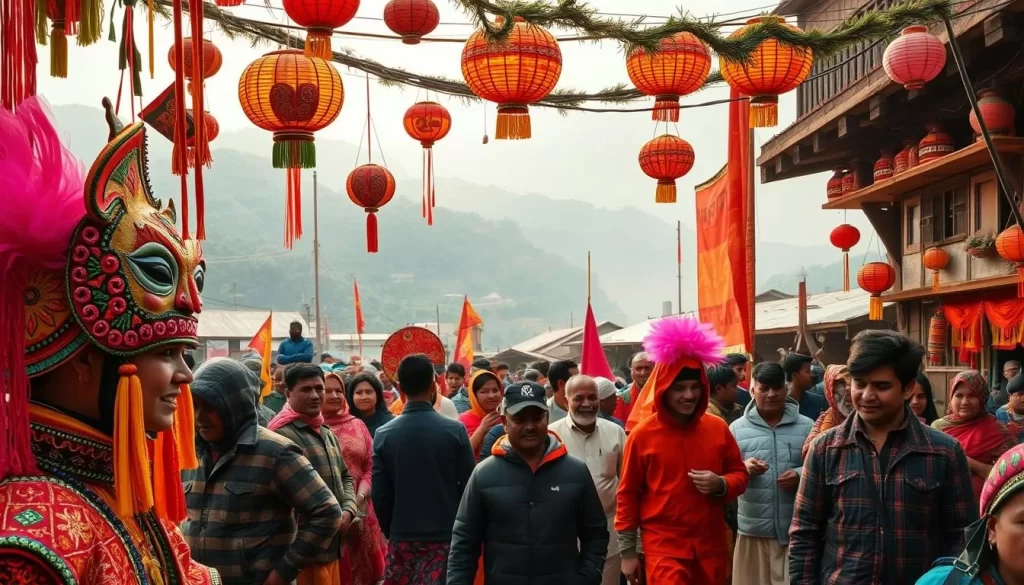
In conclusion, winter is a great time to visit Assam, with its pleasant weather and rich cultural experiences. You can plan your trip during this time of the year to enjoy the best of what Assam has to offer.
Winter Activities and Experiences
The winter season in Assam is characterized by a range of exciting experiences, from wildlife safaris to serene river cruises. This is the perfect time to engage in outdoor activities and make the most of your trip.
Wildlife Safaris in Kaziranga National Park
Experience the thrill of a wildlife safari in Kaziranga National Park, a haven for rhinos, elephants, and other wildlife. The winter months offer ideal conditions for spotting animals as they congregate around water sources.

Brahmaputra River Cruises
A Brahmaputra River cruise is a must-do experience during winter. The calm waters and clear skies make it an ideal time for sailing through the serene waters and spotting migratory birds.
- Winter cruises on the Brahmaputra River offer a unique perspective of Assam, with vessels ranging from luxury ships to traditional wooden boats.
- The calm winter waters make navigation safer and more comfortable, with reduced currents and better visibility of the riverbanks.
- Multi-day cruises typically include stops at riverside villages, tea estates, and wildlife sanctuaries, providing a comprehensive Assamese experience.
- Birdwatchers particularly enjoy winter cruises as thousands of migratory birds from as far as Siberia make the river their temporary home.
- Sunset views from the middle of the Brahmaputra are spectacular during winter months, with clear skies creating dramatic colors over the water.
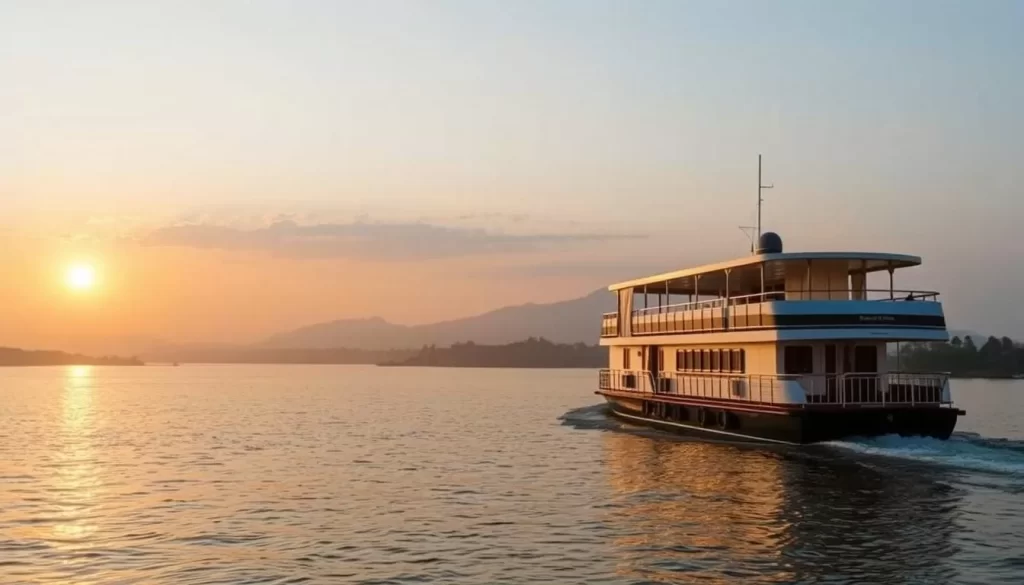
Top Winter Destinations in Assam
If you’re planning to visit Assam during the winter season, here are the top places to consider. Assam offers a diverse range of experiences during the winter months, from wildlife safaris to cultural explorations.
Kaziranga National Park
Kaziranga National Park is a must-visit during winter for wildlife enthusiasts. The park is home to the one-horned rhinoceros and other endangered species.
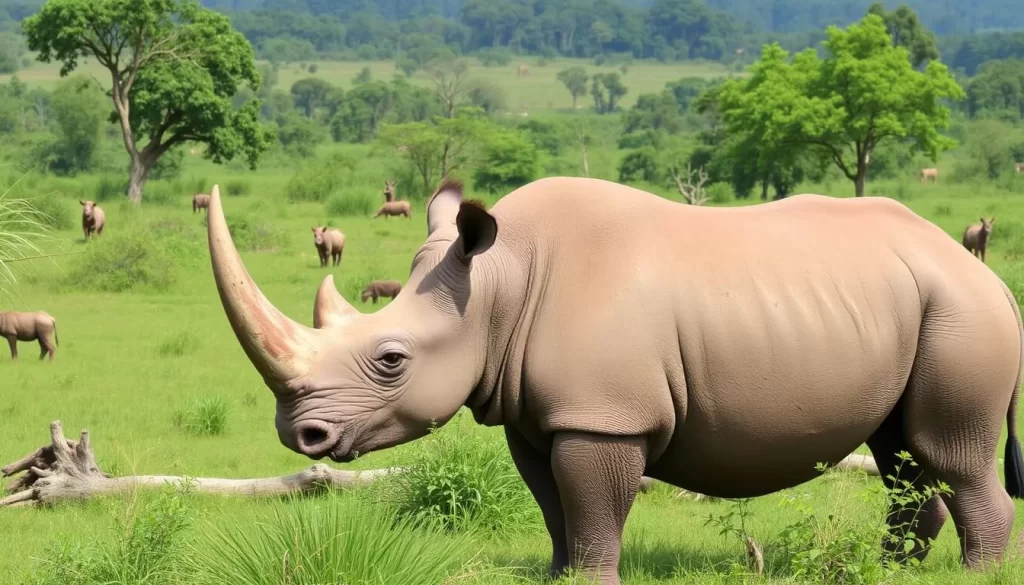
Majuli Island
Majuli Island is the largest river island in the world and a cultural hub of Assam. Visit during winter to enjoy the serene atmosphere and witness the island’s vibrant culture.
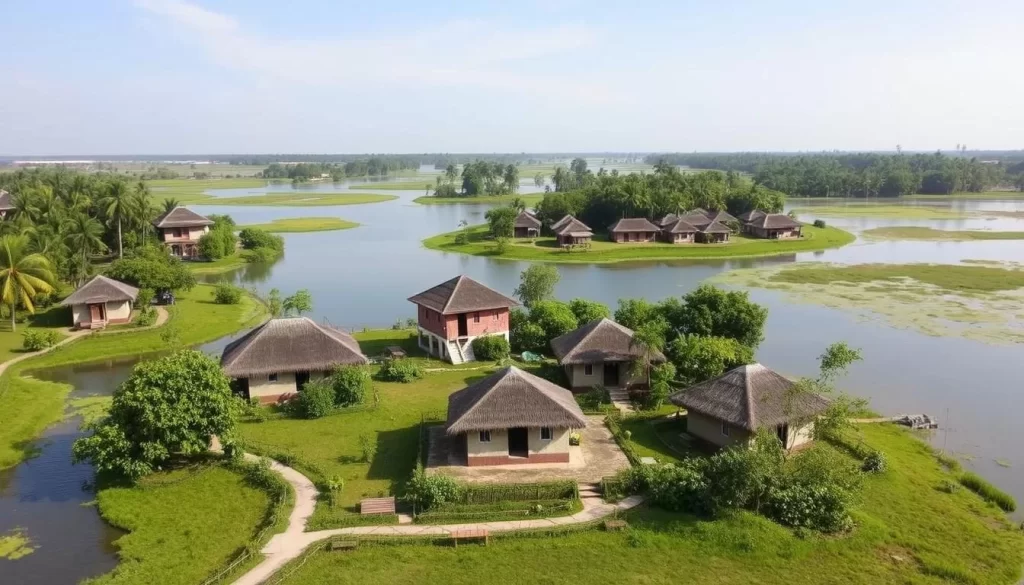
Guwahati
The city of Guwahati is a great place to explore during winter. From the Kamaksha Temple to the Assam State Museum, there’s a lot to see and experience.
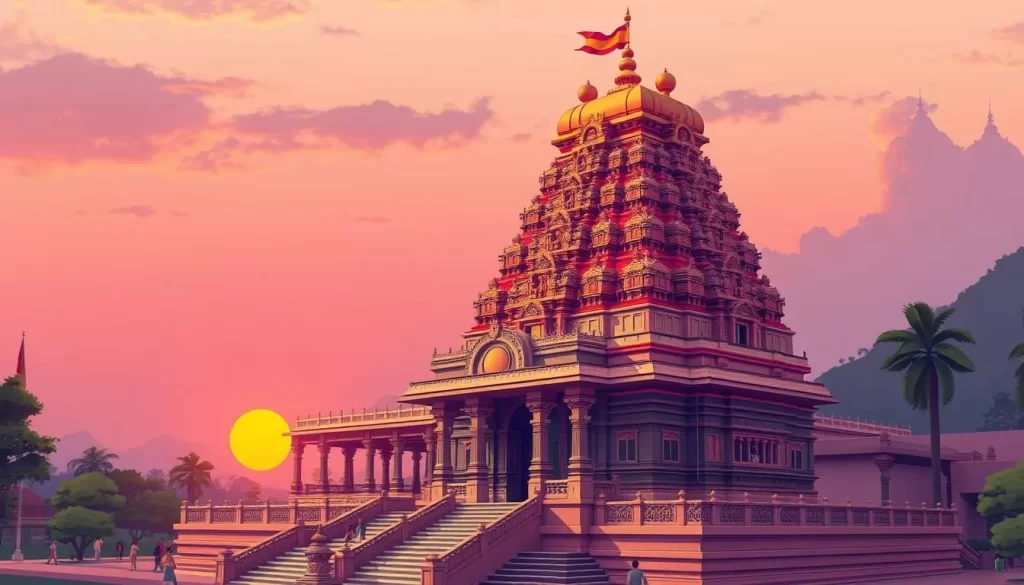
Sivasagar
Sivasagar preserves the legacy of the Ahom Dynasty with impressive monuments like Rang Ghar and Talatal Ghar. Winter is an ideal time to visit due to the pleasant weather.
- Sivasagar (formerly Sibsagar) preserves the legacy of the Ahom Dynasty with impressive monuments.
- The massive Sivasagar Tank offers a peaceful setting for morning walks.
- Winter provides clear visibility of architectural details on historical structures.
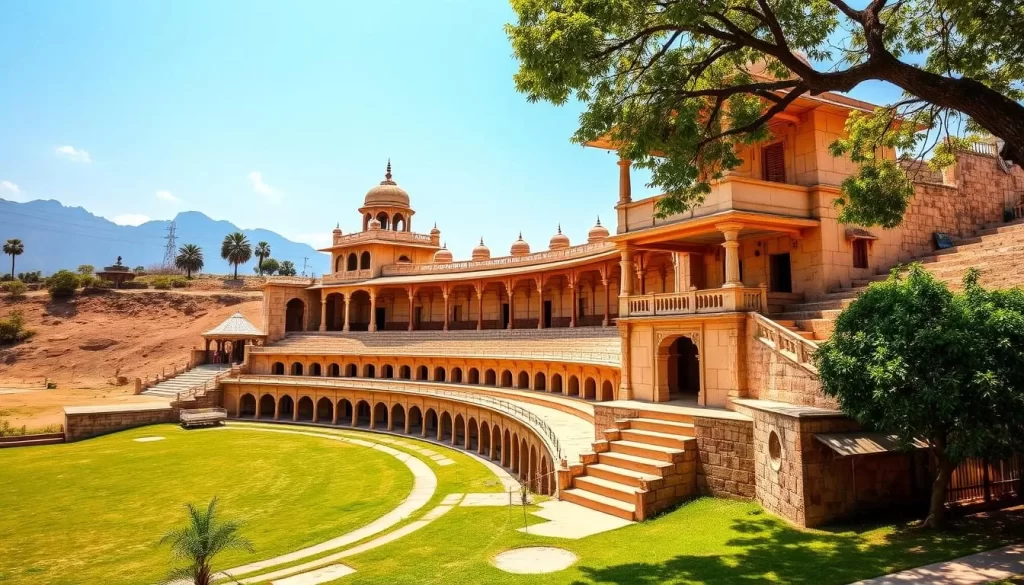
Summer Season: April to June
Visiting Assam during the summer months (April to June) can be a mixed bag. While it’s not typically considered the best time to visit Assam, some planning can make your travel experience enjoyable despite the heat.
The summer season has its advantages and disadvantages. On the one hand, you can expect fewer tourists, making popular attractions more accessible.
Temperature and Humidity
During the summer, Assam experiences high temperatures and humidity levels. The temperature often soars, making outdoor activities challenging without proper precautions.
| Month | Average Temperature | Humidity Level |
|---|---|---|
| April | 25-30°C | High |
| May | 30-35°C | Very High |
| June | 32-35°C | Extremely High |
Pros and Cons of Summer Travel
Summer travel to Assam has its pros and cons. On the positive side, you can enjoy:
- Fewer tourists and more personalized experiences at popular attractions like Kaziranga National Park.
- Lower accommodation rates, making luxury stays more affordable.
- Lush tea gardens perfect for photography.
However, there are also some drawbacks:
- Wildlife viewing can be challenging due to the heat.
- Increasing humidity and occasional heatwaves can make outdoor activities uncomfortable.

By understanding these factors, you can better plan your visit to Assam during the summer and make the most of your trip.
Making the Most of Summer Visits
If you’re planning to visit Assam during the summer, you’re in for a treat with the Rongali Bihu celebrations.
Summer in Assam is a great time to experience the local culture, especially with the Rongali Bihu festival around mid-April.
Early Morning and Evening Activities
To beat the summer heat, plan your activities during the early morning or evening. Enjoy wildlife safaris or take a leisurely walk along the Brahmaputra River.
Experiencing Rongali Bihu Festival
Rongali Bihu marks the Assamese New Year and spring harvest, featuring vibrant celebrations throughout the state for approximately seven days. You can witness traditional Bihu dance performances, participate in community feasts, and enjoy folk games like egg fights and tekeli bhonga.
Best Summer Destinations in Assam
Experience the warmth of Assam during the summer months with its exciting destinations. You can explore the lush tea gardens and enjoy thrilling adventures in the national parks.
Tea Gardens of Dibrugarh and Jorhat
The tea gardens of Dibrugarh and Jorhat are a must-visit during summer. You can take a guided tour to learn about the tea production process and enjoy the scenic beauty of the gardens. The lush green tea leaves are a treat to the eyes, and the cool climate provides a perfect escape from the summer heat.
Nameri National Park
Nameri National Park offers a range of adventurous activities during the summer. You can enjoy river rafting on the Jia Bhoreli River, with white water adventures available through May. The park is home to over 300 bird species, and summer is the best time to spot the endangered white-winged wood duck. Additionally, the park’s wildlife includes various species that can be explored during the summer months.
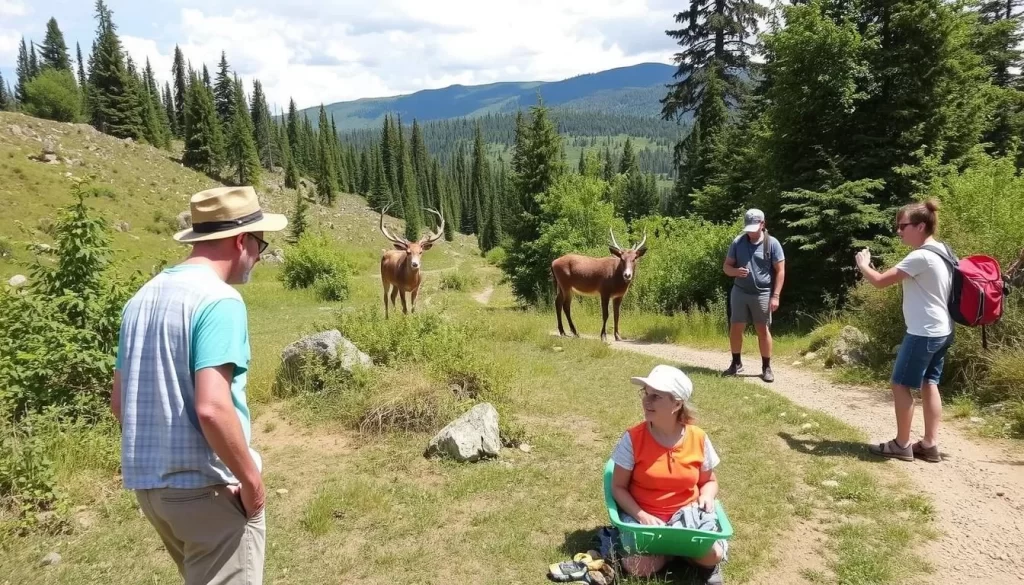
Monsoon Magic: July to September
Monsoon magic sweeps through Assam from July to September, bringing with it a mix of challenges and breathtaking landscapes. During this period, the region experiences significant rainfall, transforming the landscape into a lush, vibrant scenery.
Rainfall Patterns and Weather Conditions
The monsoon season in Assam is characterized by heavy rainfall, with the Brahmaputra River often swelling its banks. This results in a dramatic change in the landscape, with lush greenery and full water bodies, but also poses challenges such as flooding and landslides.
Challenges and Rewards of Monsoon Travel
Traveling to Assam during the monsoon comes with its set of challenges, including transportation disruptions, limited access to certain areas, and the risk of waterborne diseases. However, it also offers unique rewards, such as the opportunity to witness the region’s flora in full bloom and enjoy the dramatic skies and landscapes that make Assam a photographer’s paradise.
| Aspect | Challenges | Rewards |
|---|---|---|
| Transportation | Disruptions, road closures, delayed trains | Scenic routes with lush landscapes |
| Wildlife Viewing | Limited access to wildlife areas due to flooding | Unique opportunities to see flora in bloom |
| Health and Safety | Risk of waterborne diseases | Opportunities for indoor cultural experiences |
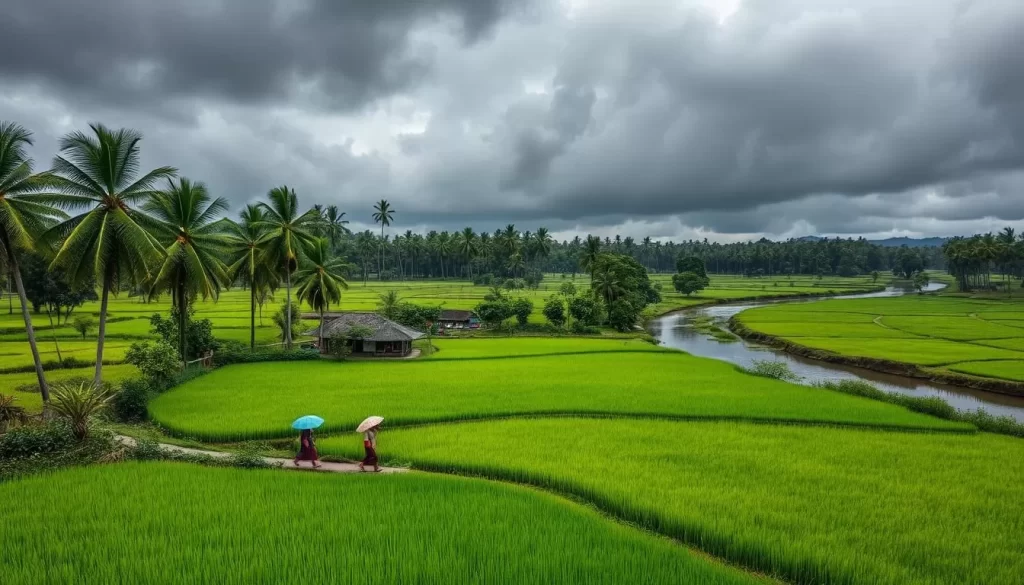
Experiencing Assam During Monsoon
The monsoon season brings a unique charm to Assam, making it an ideal time for a peaceful retreat. You can enjoy the serene ambiance and lush landscapes that are characteristic of this period.
Lush Landscapes and Photography Opportunities
Monsoon transforms Assam into a vibrant green paradise, offering numerous photography opportunities. The rain enhances the beauty of the landscapes, making it a perfect time to capture the essence of this northeastern region.
Indoor Cultural Experiences
On rainy days, you can explore Assam’s rich cultural heritage by visiting museums like the Assam State Museum and the Ahom Museum. You can also participate in traditional craft workshops to learn mask-making, bamboo craft, and silk weaving. Additionally, enjoy local cuisine and cultural performances at centers like Srimanta Sankaradeva Kalakshetra.
Monsoon-Friendly Destinations
As the monsoon sets in, Assam transforms into a lush paradise, offering unique experiences for travelers. The region’s heavy rainfall during this season brings forth a world of vibrant landscapes and cultural experiences.
Tea Gardens in Full Bloom
The tea gardens of Assam are a sight to behold during the monsoon season. The heavy rainfall nourishes the tea plants, making the gardens lush and green. You can visit the tea estates and witness the tea-making process, immersing yourself in the region’s rich tea culture.
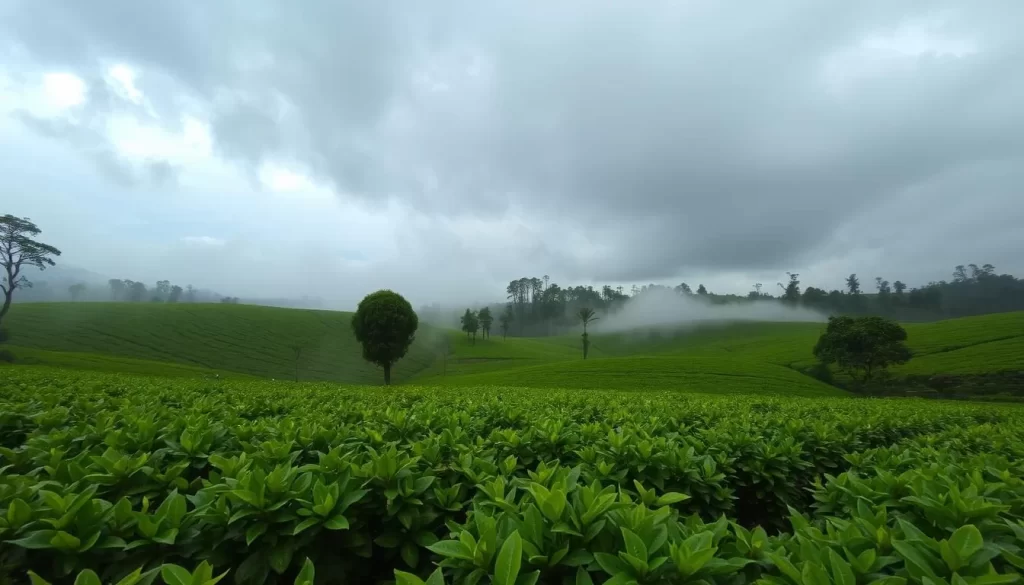
Barak Valley
Located in southern Assam, the Barak Valley is a hidden gem during the monsoon season. The region receives significant rainfall, yet its better drainage compared to the Brahmaputra Valley makes it more navigable. You can explore the town of Silchar, known for its cultural melting pot, and visit the Sri Kali Mandir at Khaspur, framed by vibrant monsoon vegetation.
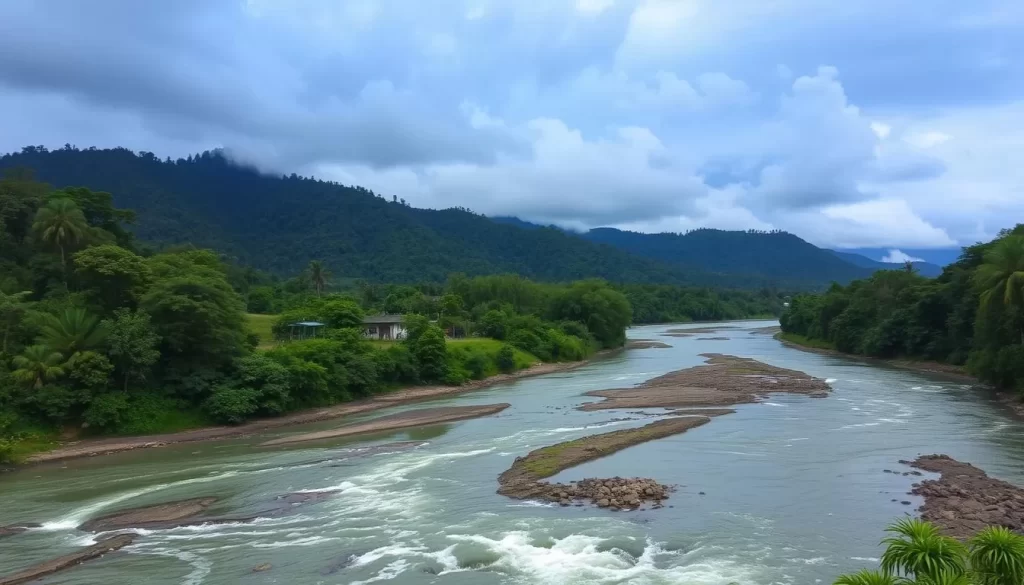
Wildlife Viewing: Seasonal Considerations
As the seasons change, so do the opportunities for spotting Assam’s incredible wildlife. Spotting wildlife is possible in the early mornings and evenings when the weather is comfortable, and animals are most active.
Best Animal Sightings
The best time for animal sightings varies by season. During winter, thousands of migratory birds arrive in Assam’s wetlands. In contrast, summer brings increased reptile activity, with species like rock pythons and monitor lizards becoming more visible.
Migratory Birds and Seasonal Wildlife
Some notable wildlife highlights include the Bengal florican’s mating display in Kaziranga’s grasslands during February and March, and the peak butterfly diversity during the post-monsoon period. Monsoon flooding also creates unique viewing opportunities on Kaziranga’s artificial highlands.
Planning Your Trip: Practical Considerations
As you plan your trip to Assam, it’s essential to consider the practical aspects that will make your journey smooth and enjoyable. Whether you’re visiting during the peak tourist season or exploring during the off-season, being prepared is key.
Packing Tips for Different Seasons
Assam’s climate varies significantly across seasons, so packing accordingly is crucial. During the winter months, you’ll need warm clothing, including thermals and a good jacket. In contrast, summer requires light, breathable clothing to keep you cool. The monsoon season demands waterproof gear and comfortable shoes for navigating wet terrain.
Transportation Options Throughout the Year
Getting to and around Assam is relatively convenient, with various transportation options available. You can reach Assam by air, with daily flights to Guwahati, Dibrugarh, Jorhat, Silchar, and Tezpur, although monsoon may cause occasional delays. The Northeast Frontier Railway provides reliable train connections throughout the year, except during peak monsoon flooding. Road conditions are generally good during winter, but monsoon can cause temporary closures on secondary roads. River transportation on the Brahmaputra is another option, primarily during winter and early summer. Local transportation includes prepaid taxis, app-based cab services, and shared Sumo vehicles.
Accommodation Options by Season
Assam’s diverse accommodation options change with the seasons, offering unique experiences throughout the year. As you plan your trip, it’s essential to understand what’s available during your visit.
Peak vs. Off-Season Availability
During peak season, especially winter, accommodations near wildlife areas like Kaziranga National Park are in high demand. In contrast, summer months see a drop in accommodation rates by 20-30%, making luxury stays more affordable. You can reach Assam easily during this time, taking advantage of special deals that enhance your travel experience.
Unique Seasonal Stays
Each season brings its unique accommodation experiences. Winter enables comfortable stays in safari tents and eco-camps near wildlife areas, while river cruises with overnight accommodations operate primarily during winter months. Summer brings special packages at tea estate bungalows, including factory tours and cultural performances. Monsoon inspires creative accommodations like glass-roofed cottages, allowing you to experience rainfall while staying dry. Homestays in tribal villages offer seasonal variations in experiences, from harvest activities to traditional craft making.
Seasonal Travel Deals and Packages
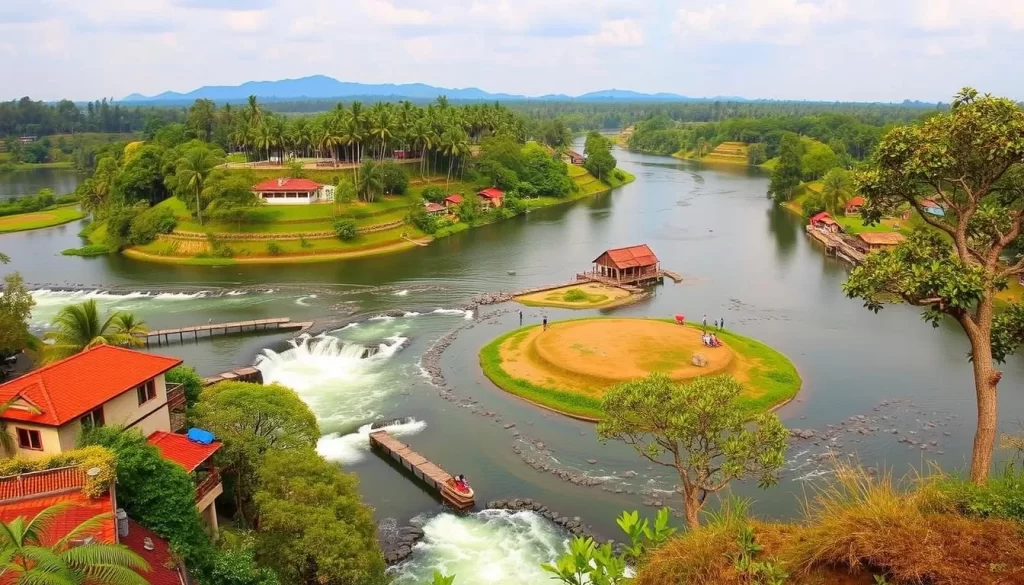
Whether you’re a wildlife enthusiast or a culture vulture, Assam’s seasonal travel deals have something for everyone. The state offers a variety of tour packages tailored to different seasons, ensuring that you get the best experience based on your interests.
During winter, premium packages focus on wildlife experiences, including guaranteed safari slots at Kaziranga and other national parks, though these come at a premium price.
In contrast, summer travel deals offer 25-30% discounts on accommodations, complimentary room upgrades, and added experiences like cultural performances or cooking classes, making it an attractive time for those looking for value.
The monsoon season brings significant discounts of up to 40% and emphasizes indoor cultural experiences and photography opportunities, appealing to visitors who don’t mind the rain.
Shoulder season deals in October and March provide the best value, combining good weather with moderate pricing before the peak season rates kick in.
Adventure-focused packages adjust seasonally, with wildlife treks in winter, river rafting in summer, and cultural immersion experiences during monsoon, catering to the adventurous traveler.
Many tour operators also create special festival packages around events like Bihu celebrations, offering insider access to authentic cultural experiences throughout the year.
Additionally, government tourism initiatives occasionally offer North East India circuit packages with multi-state itineraries at competitive rates during promotion periods, making it an ideal time to explore beyond Assam.
Conclusion: Choosing Your Perfect Season for Assam
When planning your trip to Assam, consider your primary interests to determine the best time to visit. Winter (October-March) is ideal for comfortable weather and wildlife viewing, while summer (April-June) is great for cultural experiences like Rongali Bihu. Monsoon (July-September) appeals to photographers and off-beat travelers.
Plan according to your preferences, and you’ll have a rewarding experience. Assam’s hospitality and natural beauty shine throughout the year, making it a great destination regardless of when you reach Assam with suitable tour packages.
The above is subject to change.
Check back often to TRAVEL.COM for the latest travel tips and deals.
